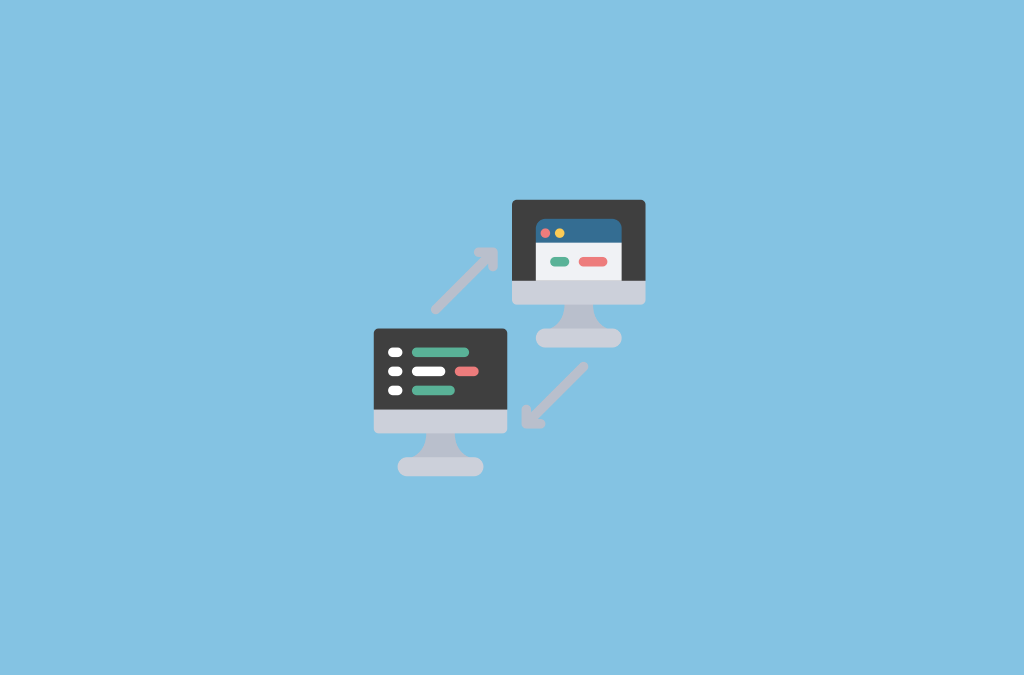
Progressive Web Apps are expected to represent technological progress and innovation in the room for mobile app growth, as different technologies continue to mount. Most significantly, these apps, unlike responsive web interfaces, are seen to combine desktop, mobile and smartphone experiences seamlessly.
In simple words, PWAs are a rare combination of interactions incorporating both the best of the web and software. Users who visit a browser tab for the very first time without requiring any further installation. Did you just wonder why? As a user progressively builds a relationship with the app over time, it gets more and more powerful.
All happens to load instantly, you can send appropriate push notifications even on flaky networks, also have an amazing icon on the home screen, and essentially load as a full-screen experience of the top level.
PWA Core Aspects:
- Responsive- Adapting to any form factor
- Progressiveness- Works for each person
- Independent connectivity- Users can operate offline
- Safe- Use TLS, to prevent snooping
- Fresh- Transparency and always up to date
- Easily discovered- Can be easily identified
- Linkable- Zero-friction, zero-installation, and easy to share.
A website must meet three baseline requirements for qualifying as a PWA on the web:
- You have to run it on HTTPS
- Need a Manifest Web-App
- You need a Service Worker
Existence of Progressive Web apps
Tech giant Google came up with a remarkable comparison of top 1000 mobile apps vs top 1000 mobile app assets (web) a few years ago. Ultimately, they wanted to study user engagement and touch. And the comparison showed a huge discrepancy in user behavior. The reach of mobile web seems remarkably higher than the reach of native apps.
Although user engagement figures on the other hand indicate that users tend to spend more time on mobile phones rather than on the mobile web. PWA has come into play where professionals can quickly provide consumers on the mobile web with a native app, such as engaging experience.
Benefits
Responsiveness: Progressive web apps are highly responsive, unlike mobile apps. They auto-adjust the code in simple words, depending on the device. So, whether you use a mobile or a laptop, a server, PWA’s will suit any computer.
Security: PWA’s are more safe than traditional web-apps. Always being served by HTTPs, one can trust that the app can be tamper-proof and cannot be vandalized.
Reliable Network: You may be quite interested to know that Progressive Web Apps are the ones on which to rely, even when the network is shoddy as they can operate offline. For example, Konga, Nigeria’s leading e-commerce website, has been able to reduce user data use by 92 per cent due to its Progressive Web App
Look and Feel: As a regular user, you’re not going to be able to find the difference between PWA and the native app, as both look exactly and sound like a native app. PWA also offers similar features such as push notification, system integration, home screen monitor icon and app drawer, etc.
Easy Update: Progressive Web Apps are one of the most impressive things here, being extremely easy to update. And since there is no app store that acts as a mediator, the users will experience the new app from your side as soon as you update it.
PWAs today are fully functional and easy to install
- Android with most browsers, with Chrome offering the best experience
- iOS with Safari
- Chromebooks
- Windows 10 from the Microsoft Store
- Feature phones with KaiOS – a fork from Firefox OS
Progressive Web App Examples
AliExpress
I am sure you must all be well aware of the famous Alibaba Group owned e-commerce site. Yet what you may not know is that they changed their mobile site to a Progressive Web App about a few years ago.
The primary goal was to transform non-app users into users of the app, using a mobile site. Sadly, things have not functioned as planned. They then decided to invest in a cross-browser Progressive Web App and the move considerably improved the site’s user experience and overall performance
As a result, conversions for new users improve by 104 percent 2x more pages viewed per session by 74 percent over time spent per session
Flipkart
Another largest e-commerce site that has recently updated as Flipkart Lite, a Progressive Web App. The app offers mobile users fast and seamless experiences like never before.
You may be quite interested to know that Flipkart shut down its mobile website briefly in 2015 and adopted an app-only approach. Since they found it difficult to offer an enjoyable web experience, mostly because more than half of their users navigated through flaky or 2 G networks
Now times have changed! With Flipkart Lite: we find a 70 percent increase in conversions with a 40 percent increase in re-engagement 3 times more time spent on site 3 times less data usage
BookMyShow
Who doesn’t know about one of India’s biggest ticketing firms? A New Web App to replace their mobile site was created in 2017. The move has broadened its base of customers and increased conversions. Even though, 85 percent of transactions were made on mobile before PWA came into being.
The firm was then able to offer mobile users a smooth ticket-booking experience, without becoming a burden on the storage and memory capacities of their computer.
Forbes
Recently a top U.S. business magazine website has been transformed into PWA which provides articles on finance, marketing, investment and industry topics. This led to an increase in load times and increased interaction rates by using push notifications, as well as an option to add the Progressive Web App to home screens.
OLX
Being one of both India and Pakistan’s largest online classified ads directories, OLX needed to focus on its mobile user experience. What they did was come up with push notifications from PWAs just like a native app — and offered users an immersive, app-like experience on their mobile site.









